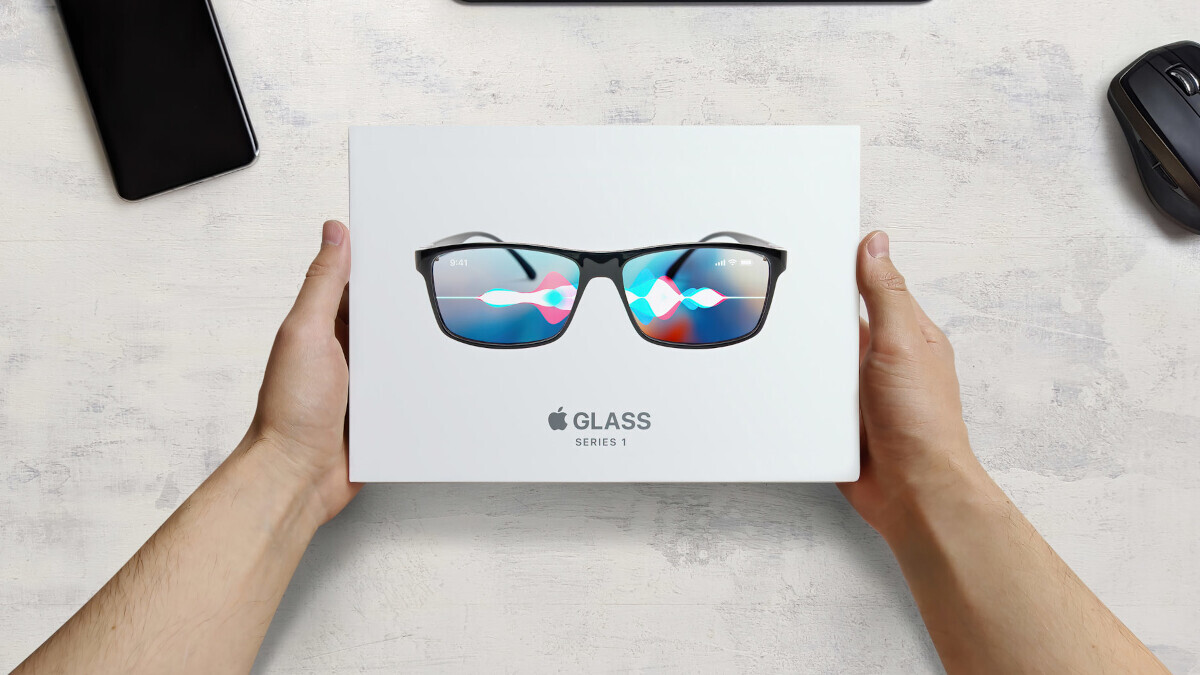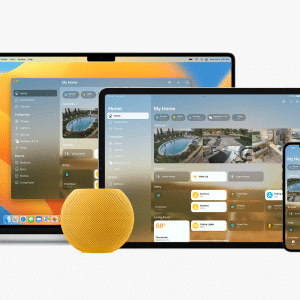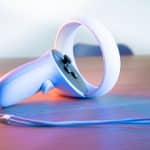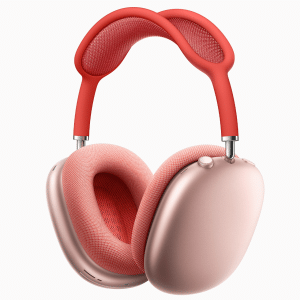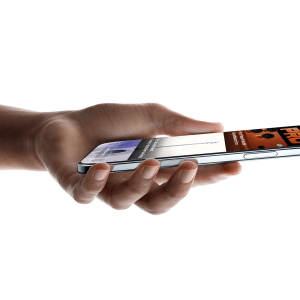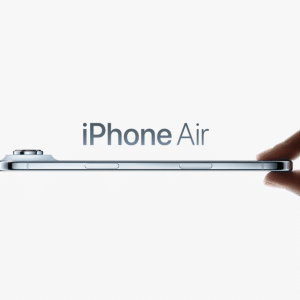The concept of Apple smart glasses research aligns with Apple’s longstanding goal of creating user-friendly technology that integrates seamlessly into users’ lives. By incorporating AR into a wearable form factor, Apple aims to move beyond handheld devices and develop a new class of product that brings digital interactivity directly into a user’s field of vision.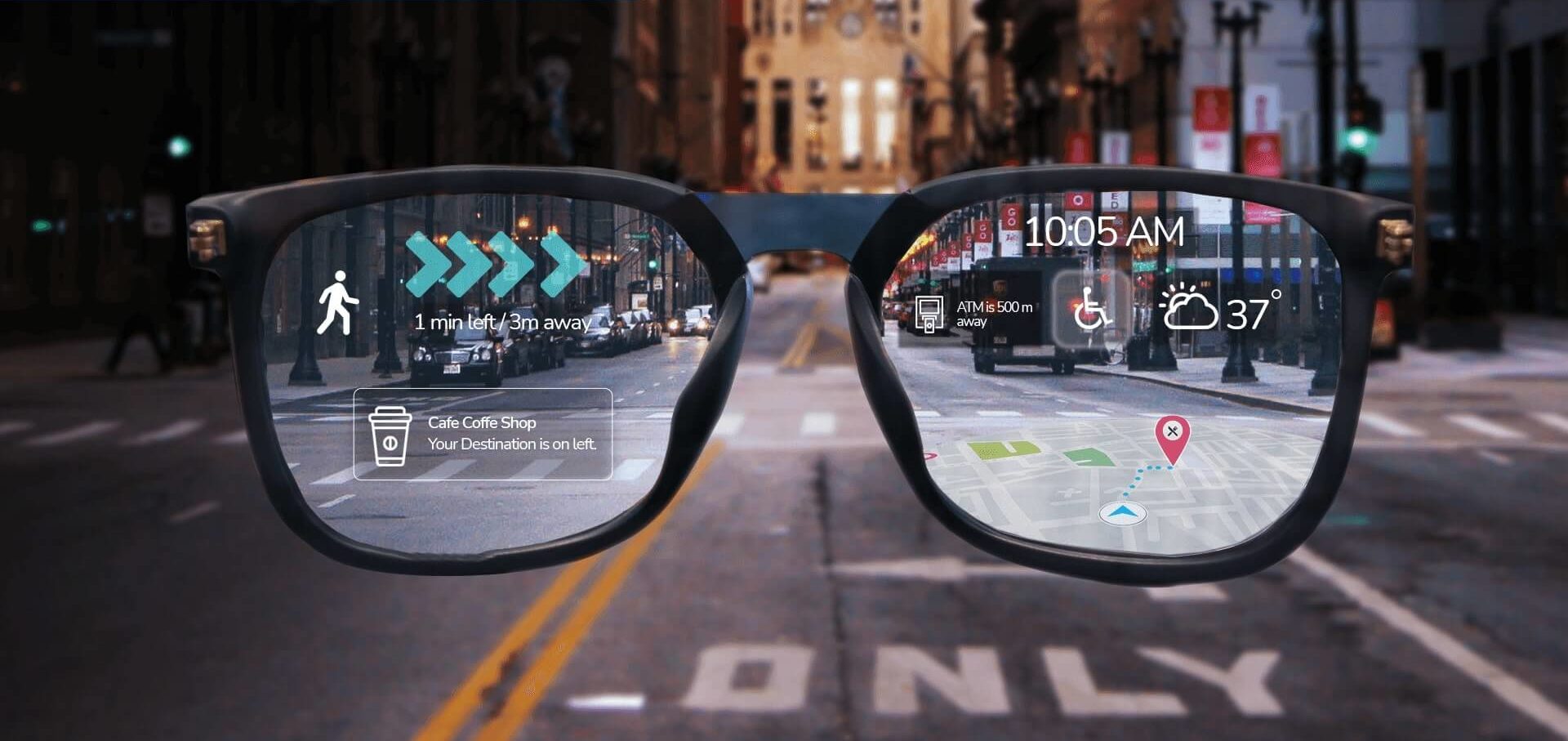
Pushing Boundaries with Augmented Reality
Augmented reality has been a focal point for Apple in recent years, as demonstrated by ARKit, Apple’s development platform that enables AR experiences on iOS devices. However, the introduction of Apple smart glasses could extend AR’s capabilities, making these experiences hands-free and more immersive. Instead of viewing AR content on a phone or tablet, users could interact with digital information overlaid on the real world, opening up possibilities for navigation, learning, gaming, and more.
This approach represents Apple’s vision to push the boundaries of AR technology, making it not only accessible but also practical and intuitive. By embedding AR in a wearable device, Apple could enable users to engage with digital content naturally, whether they’re receiving directions, identifying nearby points of interest, or accessing notifications.
Practical Applications of AR in Everyday Life
Apple’s smart glasses research could ultimately lead to a device that enhances everyday tasks in subtle, practical ways. For instance, users could access live translations, obtain instant information on objects in their view, or receive visual alerts for messages and reminders without needing to check a phone. For people who rely on Apple’s devices for productivity, AR smart glasses could streamline workflows by allowing them to access information while keeping their hands free.
Moreover, Apple’s emphasis on privacy and security could give it an edge in the AR space, particularly as wearable devices like smart glasses collect and display sensitive information in real time. With privacy-focused features, Apple smart glasses could provide the convenience of hands-free, on-the-go connectivity while keeping user data secure and private.
Potential Features and Design of Apple Smart Glasses
While details remain speculative, Apple’s focus on usability and design suggests that Apple smart glasses research will prioritize comfort, accessibility, and functionality. Apple’s smart glasses are likely to feature a minimalist design, aligning with Apple’s signature style of blending technology with elegance. Given Apple’s history of making sleek, intuitive products, users can expect a design that feels natural to wear and use in various settings.
A critical factor for the success of Apple smart glasses will be a lightweight design that users can wear for extended periods without discomfort. Apple is known for its ergonomic approach to device design, and for smart glasses, the company would need to prioritize a form factor that feels comfortable and unobtrusive. Lightweight materials, such as titanium or advanced polymers, may play a role in creating a device that remains durable yet easy to wear daily.
For smart glasses to deliver a meaningful AR experience, they need a high-resolution display capable of overlaying clear, visible information without obstructing the real-world view. Apple’s experience with Retina displays and OLED technology could contribute to a seamless visual interface that displays text, graphics, and images with sharp clarity. Additionally, transparent lens technology could enable digital overlays that feel naturally integrated into the environment, ensuring that AR visuals do not compromise safety or visibility.
Apple smart glasses could incorporate sensors to support AR experiences by detecting real-world objects and spatial dimensions. Cameras, LiDAR scanners, and motion sensors would allow the glasses to accurately map the surrounding environment, enabling interactions that feel natural and immersive. For instance, users could receive contextual information about nearby landmarks, or the glasses could display navigational prompts directly in their field of view, adapting to the physical space in real-time.
Potential Use Cases for Apple Smart Glasses
As AR technology continues to evolve, Apple smart glasses research suggests a wide range of applications, from enhancing productivity to supporting lifestyle needs. Here’s how Apple’s potential smart glasses could cater to different user groups, blending digital capabilities with real-world interactions.
Navigation could become a hands-free experience with Apple smart glasses, allowing users to receive directions overlaid on their actual path. Whether walking through a city or navigating complex airport terminals, smart glasses could display prompts directly in the user’s line of sight, removing the need to constantly check a smartphone. For tourists, this feature could enhance exploration by identifying historical landmarks, points of interest, and even providing contextual information on the go.
With its focus on health and fitness, Apple may integrate features into smart glasses that support wellness and activity tracking. Real-time metrics, such as distance traveled, heart rate, and calories burned, could appear within the user’s field of vision, allowing them to stay informed during workouts without looking down at a watch or phone. Furthermore, smart glasses could guide users through exercise routines with visual cues, making it easier to follow fitness programs accurately.
Apple smart glasses could also transform how users communicate and collaborate. Imagine a scenario where users can receive text messages, make video calls, or even collaborate on documents hands-free. For professionals, smart glasses could support remote work by allowing them to engage in meetings while keeping their hands free to take notes or manage other tasks. In education and training, smart glasses could provide an interactive learning environment, with instructional visuals and real-time feedback enhancing the learning process.
Apple’s Strategic Vision for the Future of Wearable Technology
Apple’s research into smart glasses reflects its broader strategy of moving beyond traditional screens and creating an interconnected digital experience that integrates into daily life. By developing AR wearables, Apple is positioned to take a leadership role in the AR market, where smart glasses are seen as a next-generation device that could surpass even smartphones in functionality and convenience.
With its research into smart glasses, Apple demonstrates its commitment to leading innovation in AR and wearables, much like its groundbreaking contributions to personal computing, smartphones, and tablets. As AR technology matures, Apple’s expertise in hardware, software, and design could help bring AR wearables into the mainstream, setting new standards for functionality, quality, and style. The success of Apple smart glasses could pave the way for broader adoption of AR, providing users with powerful tools for both professional and personal use.
As Apple expands into wearables with Apple smart glasses research, it further strengthens its product network by creating devices that complement each other. Apple’s ability to integrate devices like the iPhone, Apple Watch, and iPad provides users with a seamless experience, and smart glasses could enhance this by offering another layer of connectivity. With a single glance, users could access information, manage notifications, and interact with other Apple devices, reinforcing Apple’s dedication to creating a cohesive and integrated network.
Potential Challenges in Developing Apple Smart Glasses
While the prospects of Apple smart glasses research are promising, several challenges lie ahead. The balance between functionality, privacy, and comfort will be crucial in creating a device that meets users’ expectations without compromising on Apple’s values.
Privacy is a significant consideration with AR wearables, as smart glasses could potentially capture sensitive information in real time. Apple’s commitment to privacy suggests that its smart glasses would likely include stringent security features, ensuring that data collected through sensors remains private and secure. Developing a device that respects privacy while offering advanced AR features will be essential for Apple to gain user trust and differentiate its product from competitors.
For smart glasses to be practical, they need a long-lasting battery and sufficient processing power to handle AR functions seamlessly. Given the compact form factor of wearable devices, Apple faces the challenge of integrating these components without sacrificing comfort. Innovations in battery technology and energy-efficient processors will be critical in enabling a device that supports extended AR use without frequent recharging.
Apple Smart Glasses Research Paves the Way for the Next Era of Wearable Innovation
The ongoing Apple smart glasses research marks an exciting step toward the future of wearable technology. By blending AR capabilities with a sleek, user-focused design, Apple’s smart glasses could redefine how people interact with digital content in real-world settings. With potential applications in navigation, fitness, communication, and more, Apple smart glasses have the potential to be a versatile and transformative device that aligns with Apple’s vision of seamless, intuitive technology.
